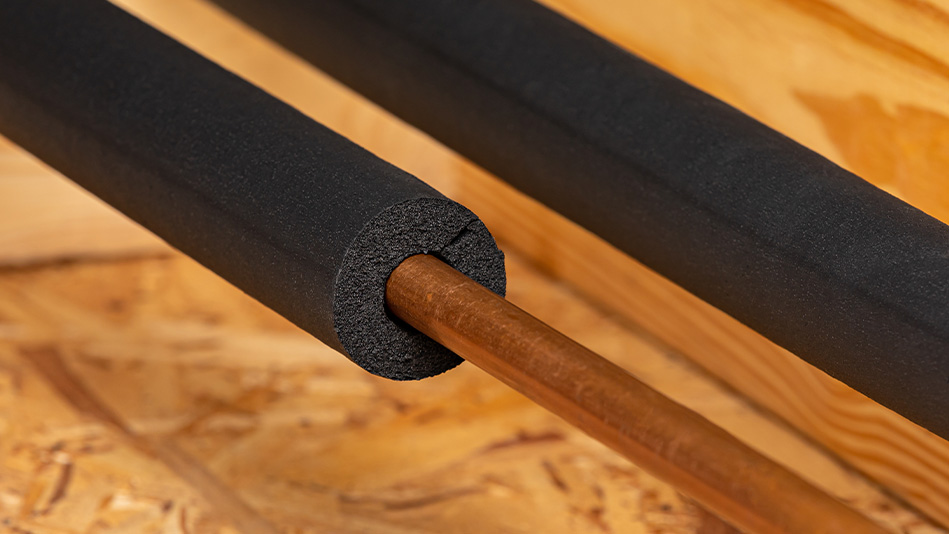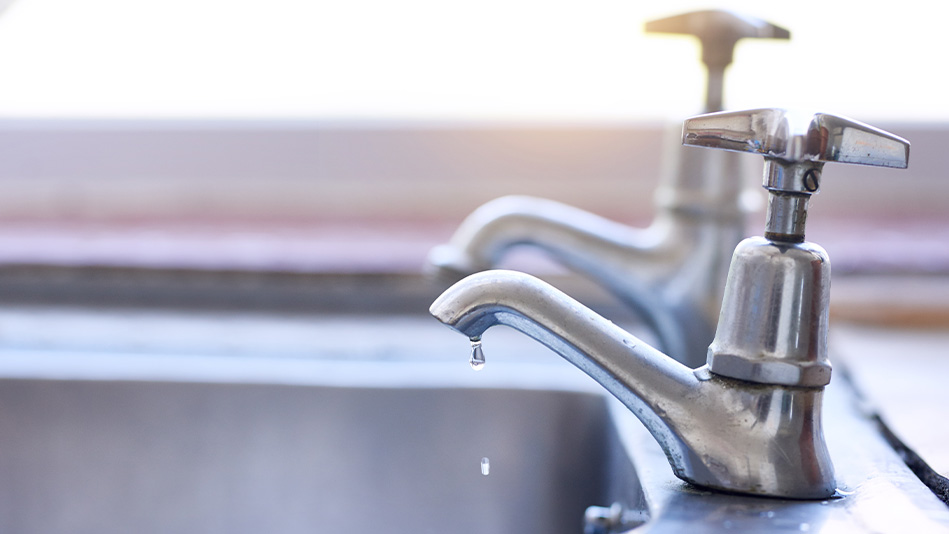Nearly 1/3 of all homeowners insurance claims are due to water damage and freezing, affecting around 14,000 U.S. residents every day. State Farm® alone paid out over $181 million in 2022 for frozen pipe damage claims, with most repairs costing between $1,200 and $5,000 each.
If you want to avoid frozen pipes in your home—and a painful hit to your wallet—use the following tips to keep your pipes flowing during a freeze.
Did you know? Homeowners insurance and a home warranty are two different things, but they can complement each other.
Open the cabinets & let ‘er drip
When cold temperatures descend, one easy way to keep your pipes from freezing is to open up any cabinets with pipes passing through, such as under your kitchen and bathroom sinks. When cabinet doors are shut, they can block the heat inside your home from warming these pipes.
Pro tip: If you open the cabinets, make sure to relocate any hazardous materials or cleaning solutions which may be dangerous to children or pets in your home.
You can also prepare for freezing temperatures by leaving your water taps running at a slow drip during any deep winter freezes. Letting water drip keeps the water in motion to help you avoid frozen pipes during an extreme cold snap. While this will engage your home’s electricity to pump the water, this temporary spend will be far less expensive than a frozen plumbing or sewage line burst would be.

Insulate your pipes
Do you have any exposed piping in your basement, garage, or other areas? Water pipes without insulation run the risk of freezing during freezing temperatures, especially those near external walls. Your local hardware store can offer a variety of insulation options for your pipes, such as:
- Foam pipe insulation
- Heat tape or rubber tape insulation
- Pipe wrap insulation, and more
These insulating products are much easier on the wallet than water damage restoration would be if a frozen pipe burst open and flooded your space.
Keep it warm—even if you’re not home
It may be tempting to lower the thermostat when you’re away or curled up in blankets—but remember those pipes! Experts recommend keeping your home’s temperature at 50 degrees F minimum during freezing temperatures to keep your plumbing system working.
Seasonal prevention
There’s plenty you can do in the fall, before freezing temperatures hit, to winterize pipes that lead outside of your home as well. For example:
- Winterize your sprinkler system to prevent freezing damage to your lawn-watering setup.
- Drain and shut off the water supply to hose bibs.
- Close your pool for the season to ensure there’s no water caught where it could freeze, expand, and cause damage to your filtration system.

Frozen pipes? What to do
If a faucet suddenly stops producing water or isn’t working like it should, you may have one or more frozen pipes. Follow these steps to try to get them working again:
- Leave your faucet open: Once you can warm up the pipe enough to get water flowing, the movement of the water will help the rest of the ice melt.
- Warm up the frozen pipe slowly: Use items like a hair dryer, a portable space heater, or towels soaked in hot water to warm up the pipe, and keep the heat on it until you have full water pressure restored. DO NOT use any sort of open flame device (like a blowtorch) which can cause rapid expansion and rupture your pipe.
- Did a frozen pipe burst? Immediately shut down your water supply at the closest shutoff valve and contact a plumber.
Now you can stay prepared this winter and protect your pipes!
Visit us on Facebook, LinkedIn, Twitter or Instagram to tell us your thoughts!
